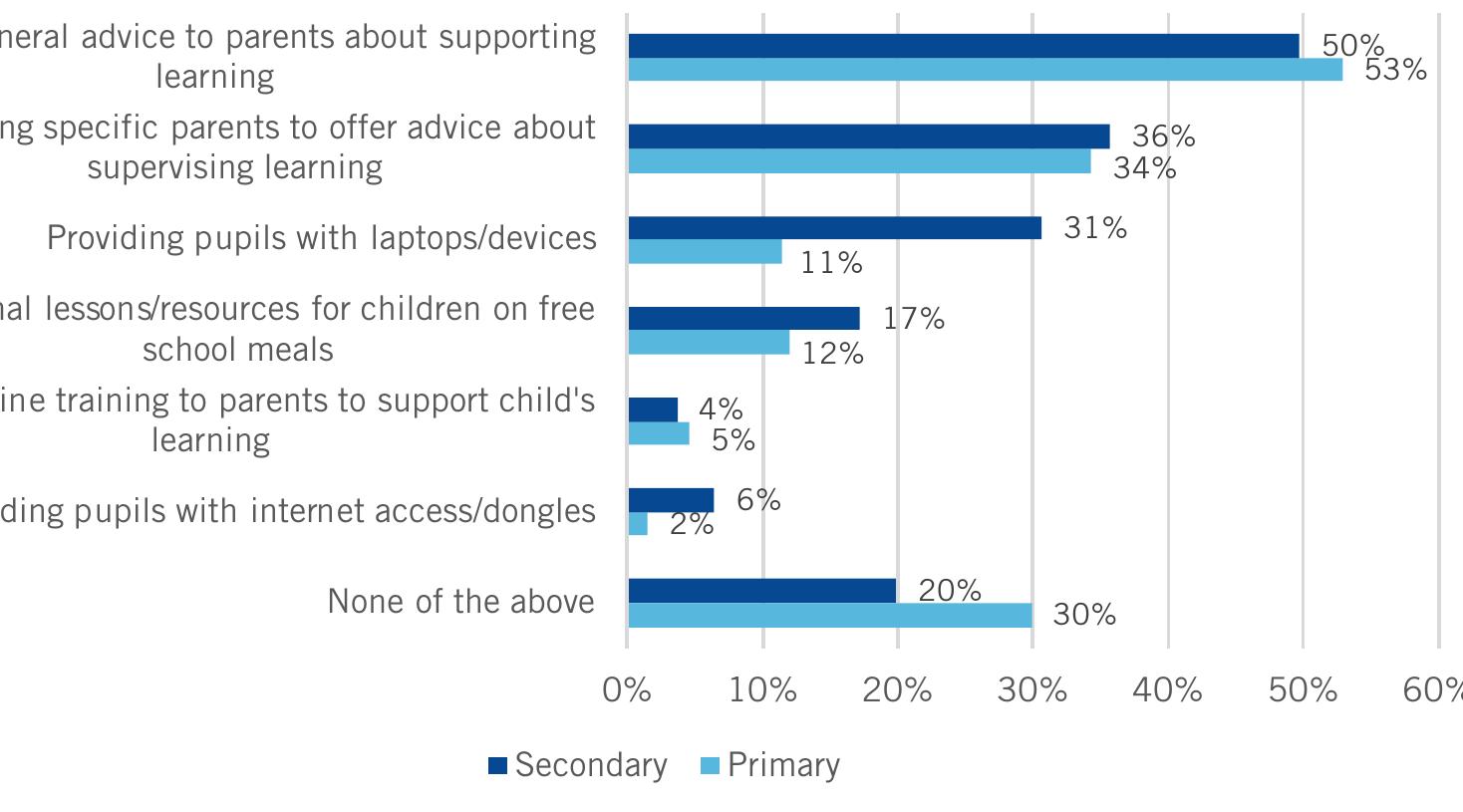The project The TextNow Transition Programme aimed to improve the reading comprehension skills of pupils at the transition from primary to secondary school by encouraging engagement in, and enjoyment of, reading. The programme was...
moreThe project The TextNow Transition Programme aimed to improve the reading comprehension skills of pupils at the transition from primary to secondary school by encouraging engagement in, and enjoyment of, reading. The programme was delivered by Unitas, a national charity that helps young people access, participate, and progress in mainstream education and training. Participating students received 20-minute one to one sessions with a volunteer coach each weekday for five weeks at the end of primary school and for a further 10 weeks at the start of secondary school. Children were expected to read independently for a further 20 minutes per day, and were rewarded for attendance with credits that could be used to buy books online. The trial examined the impact of the programme on 501 pupils in 96 schools across England who had been identified as unlikely to achieve Level 4a or above by the end of Key Stage 2. Pupils who were not likely to gain at least Level 2 were not included in the trial. The study was funded by the Education Endowment Foundation as one of 24 projects in a themed round on literacy catch-up at the primary-secondary transition. Projects funded within this round aimed to identify effective ways to support pupils not achieving Level 4 in English at the end of Key Stage 2. The project was one of four funded with a particular focus on reading for pleasure. Key conclusions 1. The trial has not provided any evidence that the TextNow Transition Programme improved reading comprehension or attitudes towards reading for pleasure over the transition from primary to secondary school. 2. On average, pupils who participated in the programme made slightly less progress than similar pupils who did not. However, this finding was not statistically significant, meaning that it could have occurred by chance. 3. The programme was found to have a differential effect for pupils eligible for free school meals compared to their peers. A small positive (but not significant) effect was found for pupils eligible for free school meals, while a negative (and statistically significant) effect was detected for pupils not eligible for free school meals. It is unclear why this differential effect was found. 4. Higher attendance at the 20-minute daily coaching sessions was found to have a positive impact on reading comprehension. However, this was only found to be statistically significant for attendance at sessions in secondary schools. Attendance of the coaching sessions was not found to have an impact on the secondary outcomes (liking reading and motivation to read). 5. The programme appeared to be more effective when coaches were highly trained, enthusiastic and committed, and when secondary schools worked closely with feeder primaries to coordinate all elements of the programme. How much does it cost? Based on estimates from Unitas, the direct cost that schools would be required to pay for TextNow programme is £112 per pupil. This estimate includes resources (£50 per pupil), salary costs (£46), administration and other (£16). The estimate assumes a minimum cohort size of 10 and that sufficient schools are in the programme to make it viable. In addition, to run the TextNow programme each school must appoint a coordinator to recruit and manage volunteer coaches, manage programme delivery and undertake quality assurance and reporting. The programme also requires volunteer coach time of 20 minutes per pupil per day for 75 days, plus time for initial training, preparation for coaching sessions and keeping records. This estimate does not include estimates of the cost of coordinators , coaches and other resources in kind. The young people in the study also have access to online activities on MyChoice! The evaluation team are not aware of any existing research on the benefits of supporting reading in this way, although it is increasingly common in online book circles and web-based resources such as those provided by Booktrust in the UK. Furthermore, the TextNow programme provides credits to buy books and this dimension of the work clearly relates to the notion that book ownership is beneficial (Clark & Poulton, 2011). However, the direction of causality is ambiguousreading enjoyment might well result in a This would map onto the Education Endowment Foundation system as an effectiveness trial. 1 The rationale for the present evaluation is to test rigorously whether the adapted TextNow Transition Programme has a measurable effect on students' reading skills and comprehension, as well as on a small number of other secondary outcomes. The project was funded as part of a £10 million grant awarded by the Department for Education to the EEF for projects dedicated to literacy catch-up for pupils at the primary-secondary transition who do not achieve Level 4 in English by the end of Key Stage 2. 1 Further information regarding EEF trial types may be found here:















































